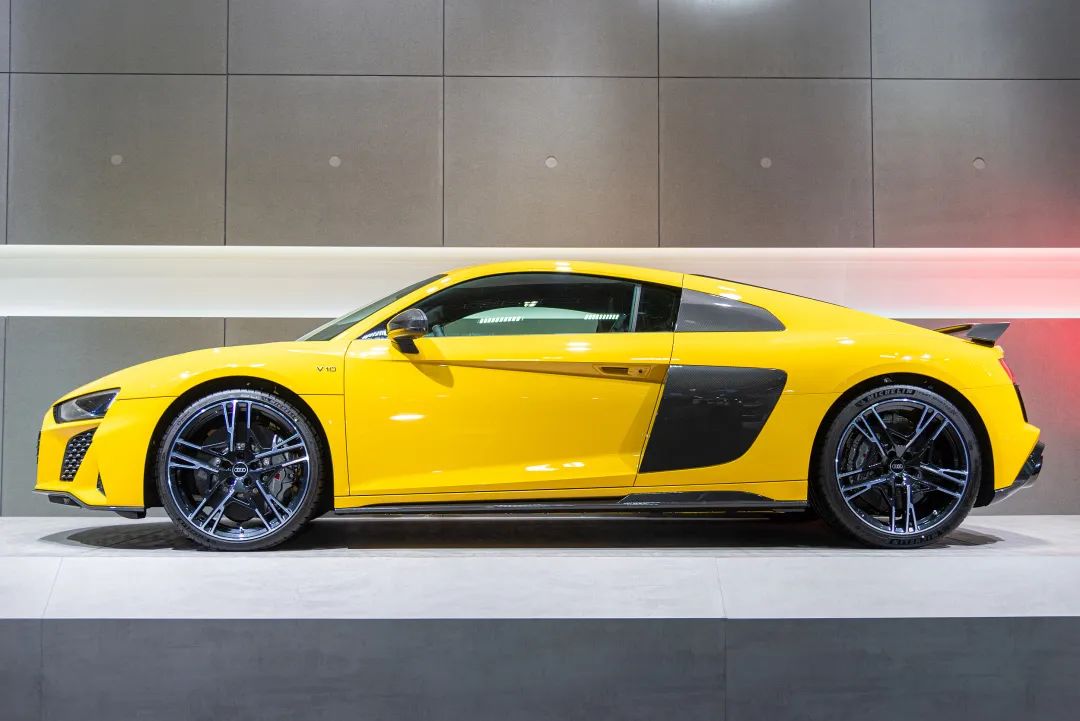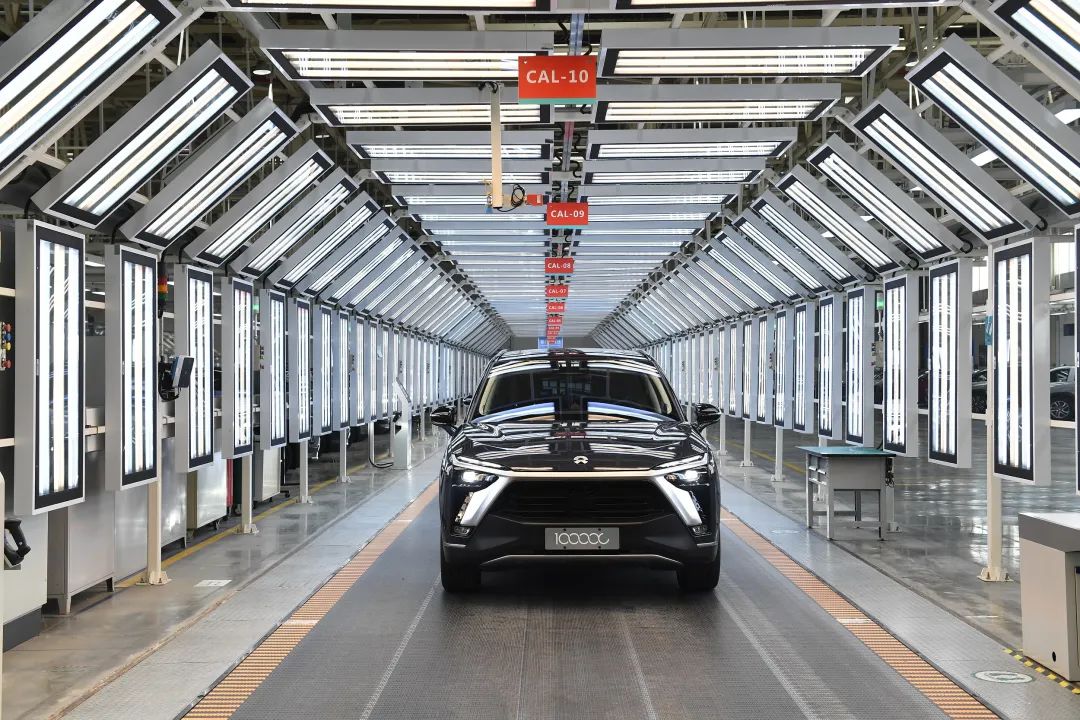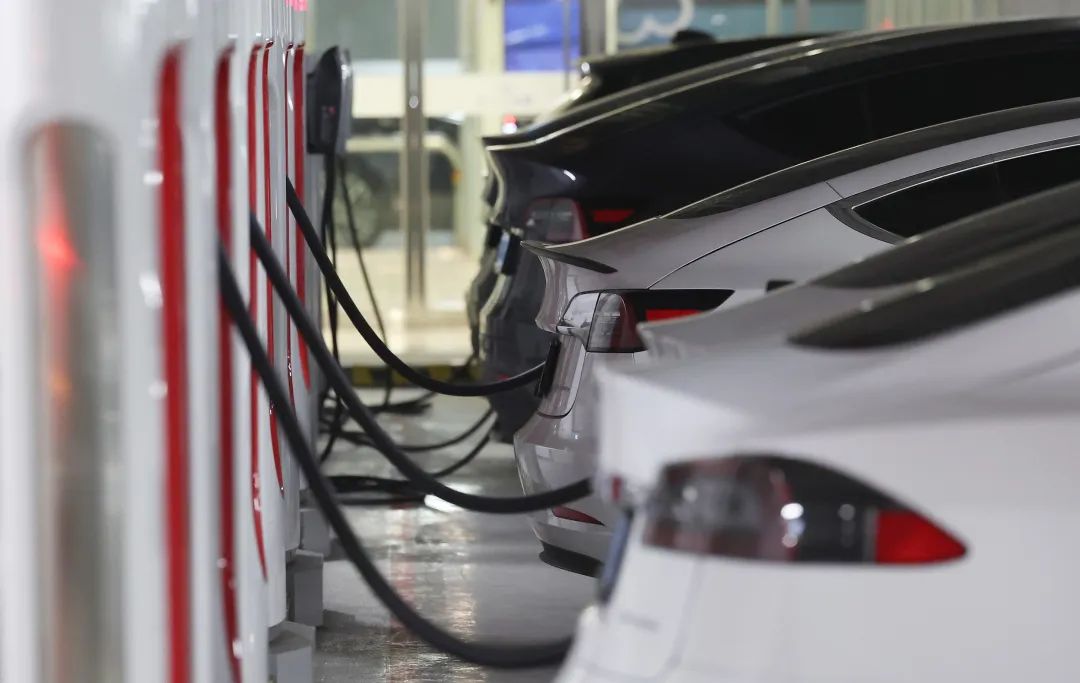In the post-epidemic era, the Chinese auto market may not be as optimistic as expected.
Since the beginning of December last year, the country’s strict prevention and control policies over the past three years have begun to “loosen”, and many places have experienced the peak of new crown infections. Recently, Beijing, Guangdong, Zhejiang, Sichuan, Henan and many other places released the latest research and judgment, saying that the peak of the first wave of infections has passed, and the number of fever clinic visits has continued to decline. According to the prediction of medical experts, the national peak of incidence will continue for 2 to 3 months, and the peak of severe cases will last longer.
With the relaxation of the epidemic prevention policy, many people expect that residents’ consumption, including automobiles, will gradually recover: on the one hand, after the epidemic is relaxed, the terminal passenger flow will increase significantly, which will drive the growth of orders; There will be a high probability of an increase in the infection rate, and the demand for independent travel in confined spaces will further stimulate car consumption.
Previously, in 2022, under the impact of multiple negative factors, China’s auto industry faced unprecedented downward pressure. The annual terminal sales volume was 23.284 million vehicles, a year-on-year decrease of 8.9%, the lowest level since 2015.
After “Yang Guo”, how will the Chinese auto market deal with the difficult “Yang Kang” road?
01
Divided overseas markets
From a global perspective, compared with countries such as Europe, the United States, and Singapore, China adopted a policy of co-existing with the epidemic relatively late. This also means that the performance of the foreign auto market under review may have some reference significance for the future direction of the Chinese auto market.
Recently, CITIC Securities surveyed 15 countries, including the United States, Germany, France, the United Kingdom, Japan, and Indonesia, on the recovery of automobile consumption before and after the liberalization of epidemic prevention policies. On the whole, after many overseas countries and regions relaxed their anti-epidemic policies, auto consumption did not rebound in all regions as many people imagined, but began to diverge.

Audi booth at Guangzhou International Automobile Exhibition in December 2022 | Source: Visual China
Judging from the performance of these 15 countries, they are mainly divided into two categories: one is represented by Vietnam, Malaysia, and Indonesia. After the epidemic was released, their auto consumption quickly returned to the level of 2019 before the epidemic, and even some grows.
Among them, Vietnam is the best performing market.
Since the outbreak of the epidemic in 2020, Vietnam’s epidemic prevention policy has undergone several liberalization and tightening, but overall it is a country that liberalized control earlier. On October 11, 2021, Vietnam officially announced the shift in its epidemic prevention strategy to coexist with the new crown. In March 2022, Vietnam fully relaxed.
If this period is divided into four stages: pre-epidemic period, control period, relaxation period, and comprehensive relaxation period, the corresponding monthly average sales in the Vietnamese auto market are 10,000 vehicles, 9,000 vehicles, 14,000 vehicles, and 22,000 vehicles. From the data point of view, after the overall relaxation of the Vietnamese auto market, sales rebounded rapidly, reaching 220% before the epidemic.
Compared with the strong recovery in emerging countries such as Vietnam, mature markets such as the United States, Japan, the United Kingdom, Germany and France have not recovered to the level of 2019 after the epidemic eased. Take the U.S. market as an example. In March 2022, the White House of the United States announced a plan to coexist with the virus and fully liberalize it. In June, the United States announced that people entering the country no longer need to provide nucleic acid test reports and are completely open.
In the four stages from pre-epidemic to post-epidemic, the average monthly sales of the US auto market were 1.43 million, 1.23 million, 1.2 million, and 1.17 million, respectively. It can be seen from this that after the epidemic eased, the sales of the US auto market not only did not recover, but declined, only reaching 82% of the pre-epidemic level.
The reason why the trend of auto consumption in various countries diverges after the epidemic is mainly related to three factors: the first is the trend of GDP in each country. For a long time, the inflection point of the growth rate of the auto market in the world’s major economies has basically been consistent with the trend of GDP. Even after the peak of the epidemic, this synergy has not changed.
Because as a bulk consumption, the mainstream price of a car is between 100,000 and hundreds of thousands of yuan, which also means that the source of funds is mainly wealth accumulation, rather than current income. Therefore, changes in the economic situation will directly affect the confidence of consumers, which in turn will affect their consumer decision-making.
In March 2022, the White House of the United States announced a plan to coexist with the virus. In the first quarter, GDP at constant prices increased by 3.68% year-on-year, and then the growth rate in the second and third quarters declined overall, with year-on-year growth rates of 1.80% and 1.86% in single quarters, respectively. This is similar to the growth rate of US auto sales, which has been declining since the first quarter.
In contrast, with the release of epidemic control, Vietnam’s economy has recovered rapidly. The GDP growth rate in the first three quarters of 2022 will be 5.03%, 7.83% and 13.67%, respectively. This is in line with the influx of foreign capital and the improvement of the service industry. , the recovery of the working population, etc. are inseparable. Thanks to the rapid recovery of the economy, Vietnam’s auto consumption has also rebounded sharply, even exceeding the level of 2019.

Mass-produced Weilai Auto | Source: Visual China
Secondly, this is also related to the development stage of the automobile industry in various countries. The data shows that in 2021, the number of cars per thousand people in the United States will reach 818, France 729, Germany 631, Japan 625, and the United Kingdom 606. According to the calculation of the Development Research Center of the State Council, when the number of cars per thousand people exceeds 400, the car market will enter a period of saturation, and the growth rate of sales will become extremely low. Therefore, even if the epidemic is released, these countries will not have such an obvious sales recovery.
In contrast, Vietnam and other emerging countries have only 20 to 30 cars per thousand people, and the auto industry is still in the stage of rapid development and rapid penetration. When the epidemic is completely relaxed, many users will worry about the risk of infection in public transportation and choose to buy cars, making sales exceed the level when the epidemic was closed. According to data from the Vietnam Automobile Manufacturers Association (VAMA), the total sales of member units in 2022 will reach 404,600 vehicles, an increase of 33% over 2021.
This is somewhat similar to the situation in China during the SARS outbreak in 2003. In February of that year, the Guangzhou government announced the situation of SARS. By July, the number of SARS patients and suspected cases worldwide had stopped increasing, which meant that the SARS epidemic was basically over. The epidemic did not affect the auto market, but detonated auto consumption. According to the data of China Association of Automobile Manufacturers, in 2003, the sales volume of passenger vehicles in the narrow sense in China was 2.18 million, a year-on-year increase of 72%. Among them, during the first seven months of the epidemic, China’s auto sales increased by 77% year-on-year.
It is worth mentioning that during the epidemic, in order to boost consumption, some countries introduced preferential policies. Although this prevents auto consumption from falling into a sharper decline in the short term, it also overdraws some of the consumption potential in advance, resulting in a weak auto market after the peak of the epidemic.
Starting from May 2020, France will receive a subsidy of 7,000 euros for the purchase of pure electric vehicles, and a subsidy of 2,000 euros for plug-in hybrid models. At the same time, a subsidy plan for the replacement of old and new models has been implemented, with a maximum of 5,000 euros; Germany announced that the value-added tax rate for car purchases will be reduced from 19% to 16% from July 2020; The purchase tax was cut by 70%, bringing the total tax rate on car purchases down from 5% to 1.5%.
02
China’s auto market
Annihilation and Rebirth
In the past few years, global auto companies have suffered sharp production cuts due to factors such as chip shortages and the new crown epidemic. According to data from Auto Forecast Solutions, the lack of global automotive chips has caused a production cut of 4.27 million, including 1.46 million in the United States, 1.05 million in other Asian regions and 989,000 in Europe.
Many people believe that with the gradual resolution of the epidemic and supply chain problems, the auto market will gradually recover. Even at the beginning of the new crown epidemic, many people were still discussing whether the auto market would rebound as quickly as it did after SARS.
Judging from the experience of overseas markets, after the epidemic is released, it does not mean a rebound in auto consumption, but is also affected by the GDP growth rate of various countries, stimulus policies, and the maturity of the auto market.
Judging from the current situation, the Chinese auto market cannot rebound as quickly as SARS did.
Because before 2003, the number of cars in China was only 24 million, and the first-time car purchase rate was over 95%. SARS stimulated the demand for confined spaces and independent travel, and accelerated the explosion of China’s car consumption; now, the annual sales volume of the Chinese car market The number of cars exceeds 20 million, the car ownership exceeds 300 million, and the number of cars per thousand people reaches 220, entering the low-to-medium speed development stage.
Most people are relatively optimistic about the Chinese auto market in the post-epidemic era. CITIC Securities believes that after the domestic epidemic prevention policy is loosened, the auto industry is expected to continue to benefit, showing a consumption recovery similar to that of Vietnam, Malaysia and other places after the relaxation of epidemic prevention policies. The sales volume from the second quarter to the fourth quarter of 2023 may exceed expectations; the State Council Development Research Center Wang Qing predicts that the growth rate of the auto market will be around 2% in 2023.

Charging new energy vehicles | Source: Visual China
However, Yi Ran, an electric vehicle industry consultant and author of “The Martian Musk”, believes that the Chinese auto market will continue to spread in 2023, and even experience negative growth.
The logic behind this is that the 2023 passenger car purchase tax halving policy and the new energy subsidy policy will usher in a double decline, and sales will inevitably experience a short-term decline; at the same time, from the relaxation of the epidemic policy to coexistence, there will definitely be A painful period, at least one quarter, during which the economy and social sentiment will be very challenging.
At the same time, the logic of auto consumption after the epidemic is also changing.
Sun Shaojun, founder of the national car consumption service platform “Car fans”, believes that the consumption logic after the epidemic has evolved into two categories: one is to buy a car big enough for the whole family to travel, and the other is to buy an additional car for children or other members . Because it is the second car of the family, these groups generally do not have high requirements for long cruising range; since the main users are young people and women, they have high requirements for intelligent equipment. In addition, with the potential for an overall economic slowdown, consumers are more concerned about the cost of use.
However, the auto market does not come by prediction, but by going out. According to the China Automobile Dealers Association, from January 1 to 8, the passenger car market retailed 360,000 vehicles, a year-on-year decrease of 23%; national passenger car manufacturers wholesaled 327,000 vehicles, a year-on-year decrease of 23%.
From the current point of view, the entire market is experiencing the throes of policy withdrawal. Because of the purchase tax subsidy policy and the new energy subsidy policy, most of the registered sales in January were front-loaded. Among them, Tesla’s sales in the first week of January were only more than 2,100 vehicles, a year-on-year decrease of more than 40%. It is precisely because sales are not as expected and orders are too low that Tesla implemented a new round of price cuts in early January.
In the post-epidemic era, the situation facing China’s auto market is very complicated: on the one hand, in the post-epidemic era, macroeconomic recovery has strengthened, and the penetration rate of the new energy vehicle market has continued to increase rapidly; on the other hand, financial subsidies have been withdrawn, mineral resources Constraints, diversification and diversification of consumer groups, and insufficient charging facilities and low charging efficiency have become challenges in the current automotive market.
Next, Chinese car companies may have to prepare for a hard life.
This article is transferred from: https://www.geekpark.net/news/314215
This site is only for collection, and the copyright belongs to the original author.